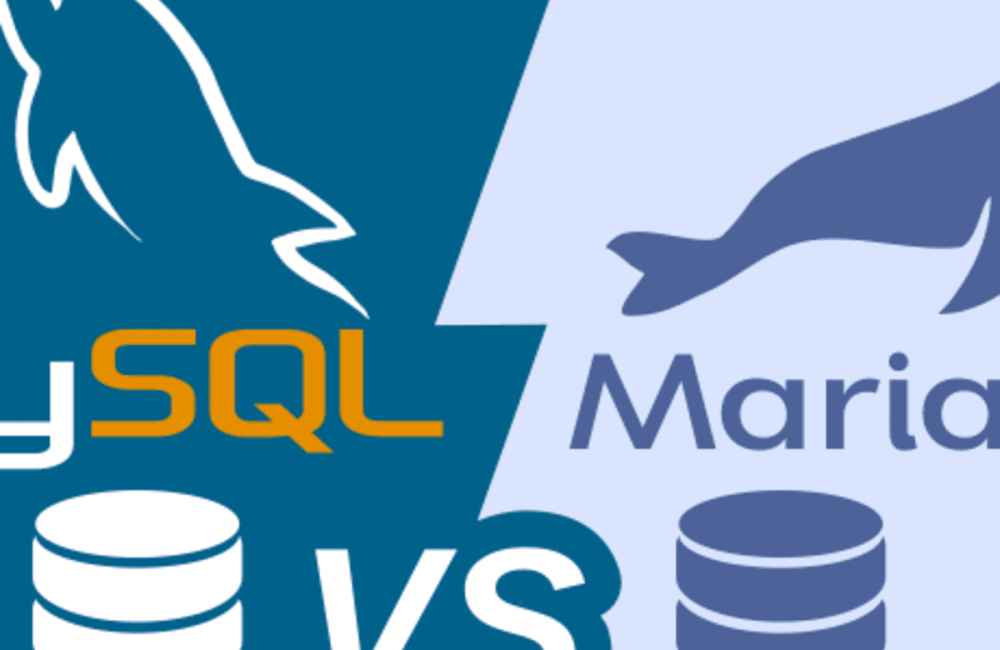
In the vast realm of database management systems, two heavyweight contenders—MariaDB and MySQL—duke it out for supremacy. These open-source relational databases share a lineage, yet they harbor distinct features and philosophies. In this toe-to-toe showdown, we’ll dissect their strengths, weaknesses, and use cases to help you decide which one deserves a spot in your tech stack.
1. The Origins: A Tale of Forks and Fears
MySQL: The Old Guard
MySQL has been a stalwart in the web development arena. Born in the late ’90s, it quickly became the go-to choice for powering dynamic websites. Its marriage with PHP, Apache, and Linux solidified its position. WordPress, the internet’s favorite content management system, owes much of its success to MySQL.
MariaDB: The Rebel with a Cause
Enter MariaDB, the rebellious offspring. It emerged as a fork of MySQL, driven by concerns over Oracle’s acquisition of MySQL AB—the company behind MySQL. The fear was that Oracle’s corporate clout might stifle MySQL’s open-source spirit. Thus, MariaDB was born, preserving MySQL’s DNA while blazing its own trail.
2. The Battle Royale: Key Differences
Licensing and Freedom
- MariaDB: Fully GPL licensed. It wears its open-source heart on its sleeve.
- MySQL: Takes a dual-license approach, mixing open-source and proprietary modules. Oracle’s ownership raises eyebrows among the freedom-loving crowd.
Thread Pools and Performance
- MariaDB: Handles thread pools differently, often delivering improved performance.
- MySQL: Still a contender, but MariaDB tends to outpace it in speed and efficiency.
Storage Engines Galore
- MariaDB: Supports a plethora of storage engines, including InnoDB, Aria, and TokuDB.
- MySQL: Also offers multiple engines, but MariaDB’s lineup is more diverse.
3. Pros and Cons: The Showdown
MariaDB’s High Notes
Pros:
- Performance: MariaDB’s query optimizer flexes its muscles, often outperforming MySQL.
- Security: Enhanced security features keep your data safe.
- Open-Source Zeal: MariaDB champions the cause of freedom and flexibility.
Cons:
- Ecosystem Maturity: While growing, it’s still catching up to MySQL’s extensive ecosystem.
- Enterprise Support: Not as robust as MySQL’s enterprise offerings.
MySQL’s Battle Cry
Pros:
- Widespread Adoption: It’s the old guard, battle-tested and trusted.
- Storage Engine Variety: MySQL’s buffet of storage engines caters to diverse needs.
- Oracle’s Backing: Some find comfort in Oracle’s stewardship.
Cons:
- Closed-Source Modules: Oracle’s proprietary add-ons raise concerns.
- Performance Lag: MariaDB often edges ahead in the speed race.
4. Who Uses What?
- MariaDB: Popular among developers who value performance and open-source ethos.
- MySQL: Still dominates the scene, especially in legacy systems and enterprise setups.
5. The Verdict: Choose Your Champion
In this epic clash, there’s no clear victor. MariaDB swings the sword of performance and freedom, while MySQL wields the shield of tradition and widespread adoption. Your choice depends on your project’s needs, team preferences, and whether you’re a rebel or a loyalist.
So, dear developer, pick your side wisely. Whether you ride with MariaDB’s rebel yell or MySQL’s battle hymn, remember: the database you choose shapes your digital destiny.



















